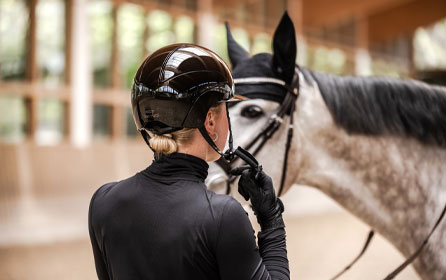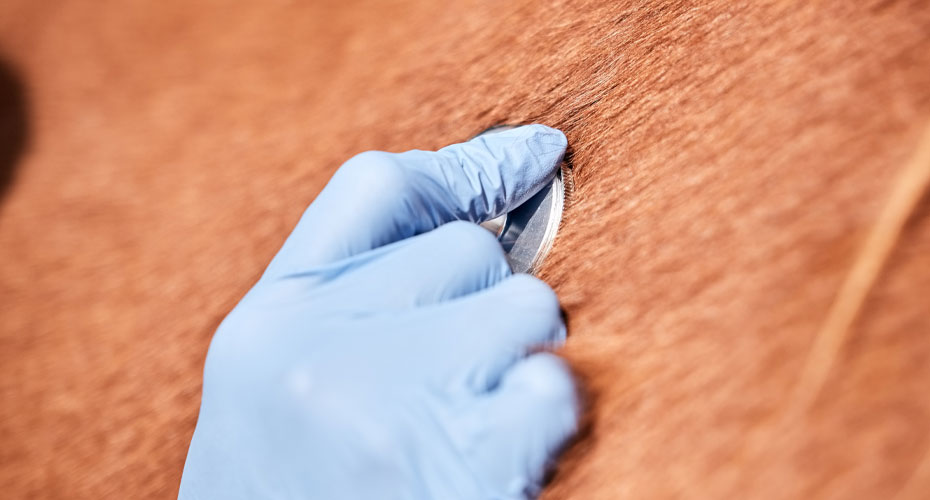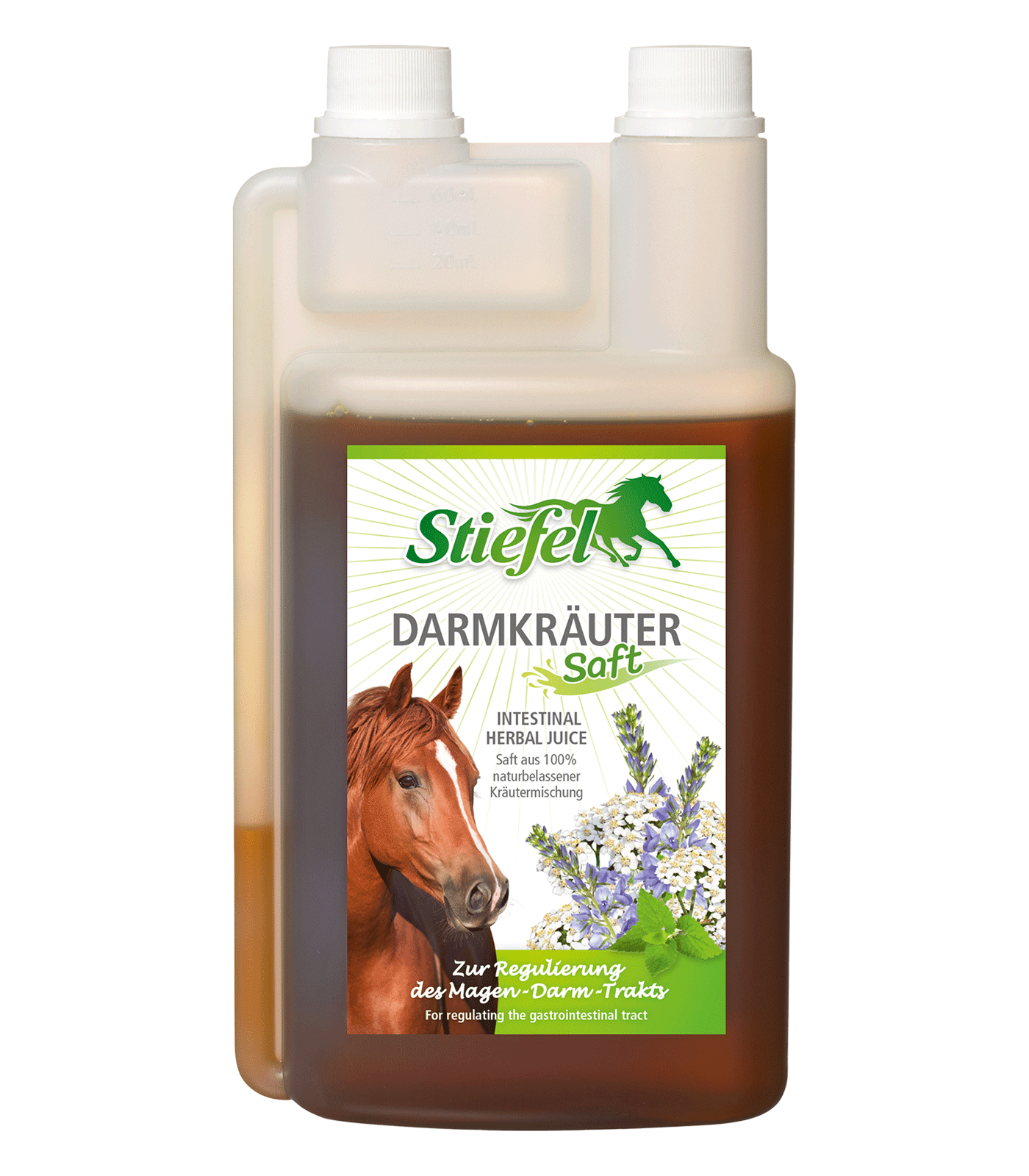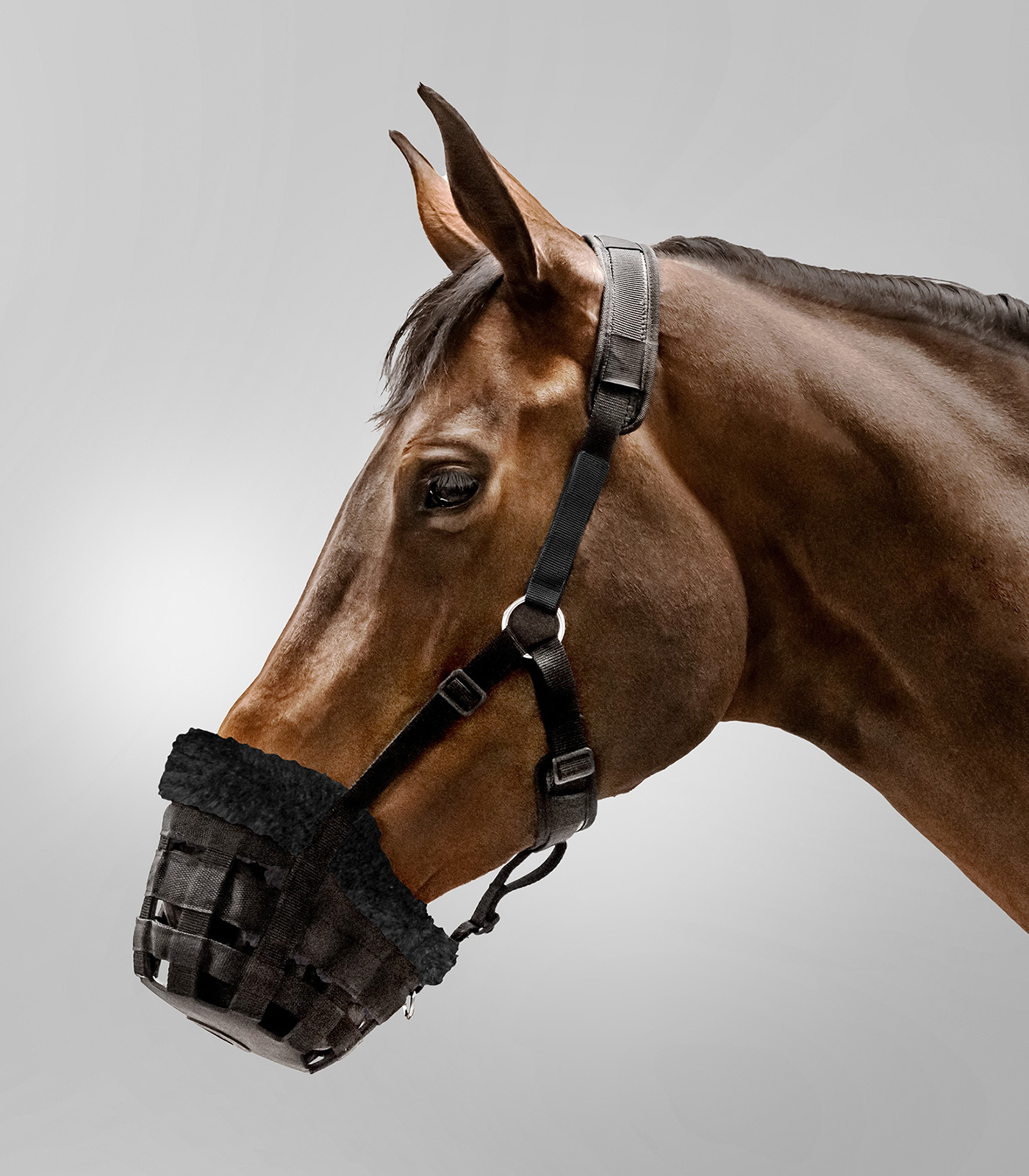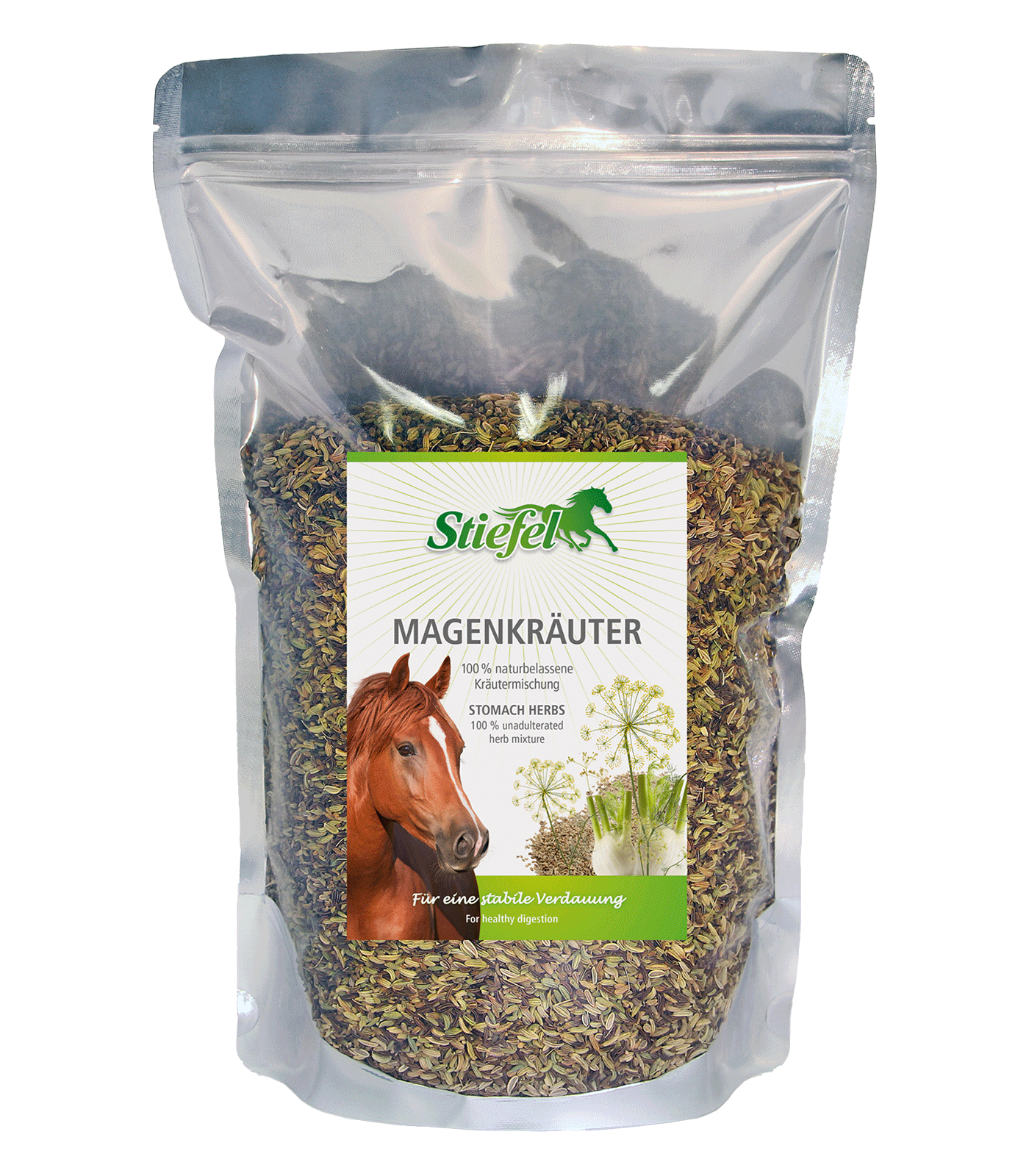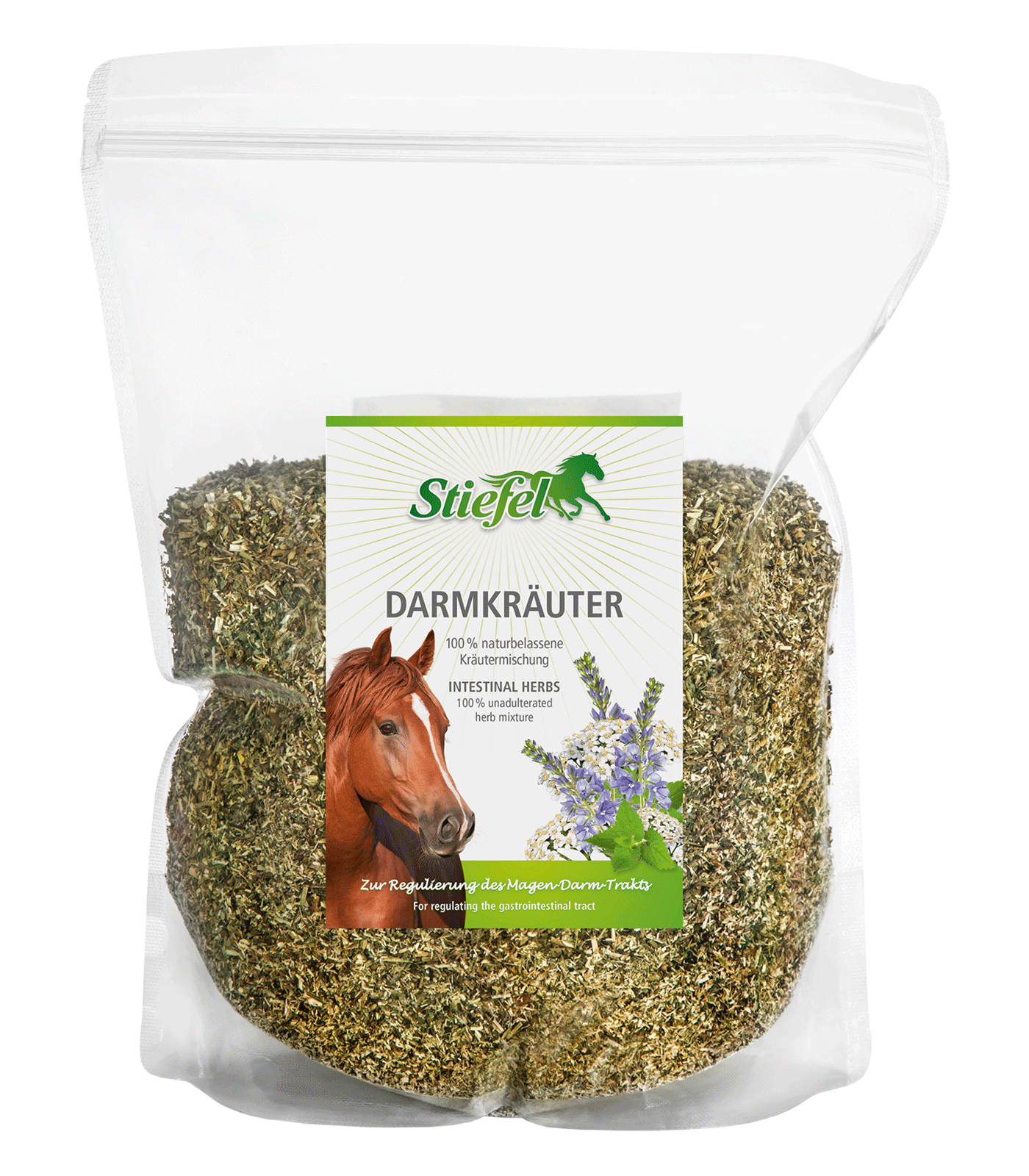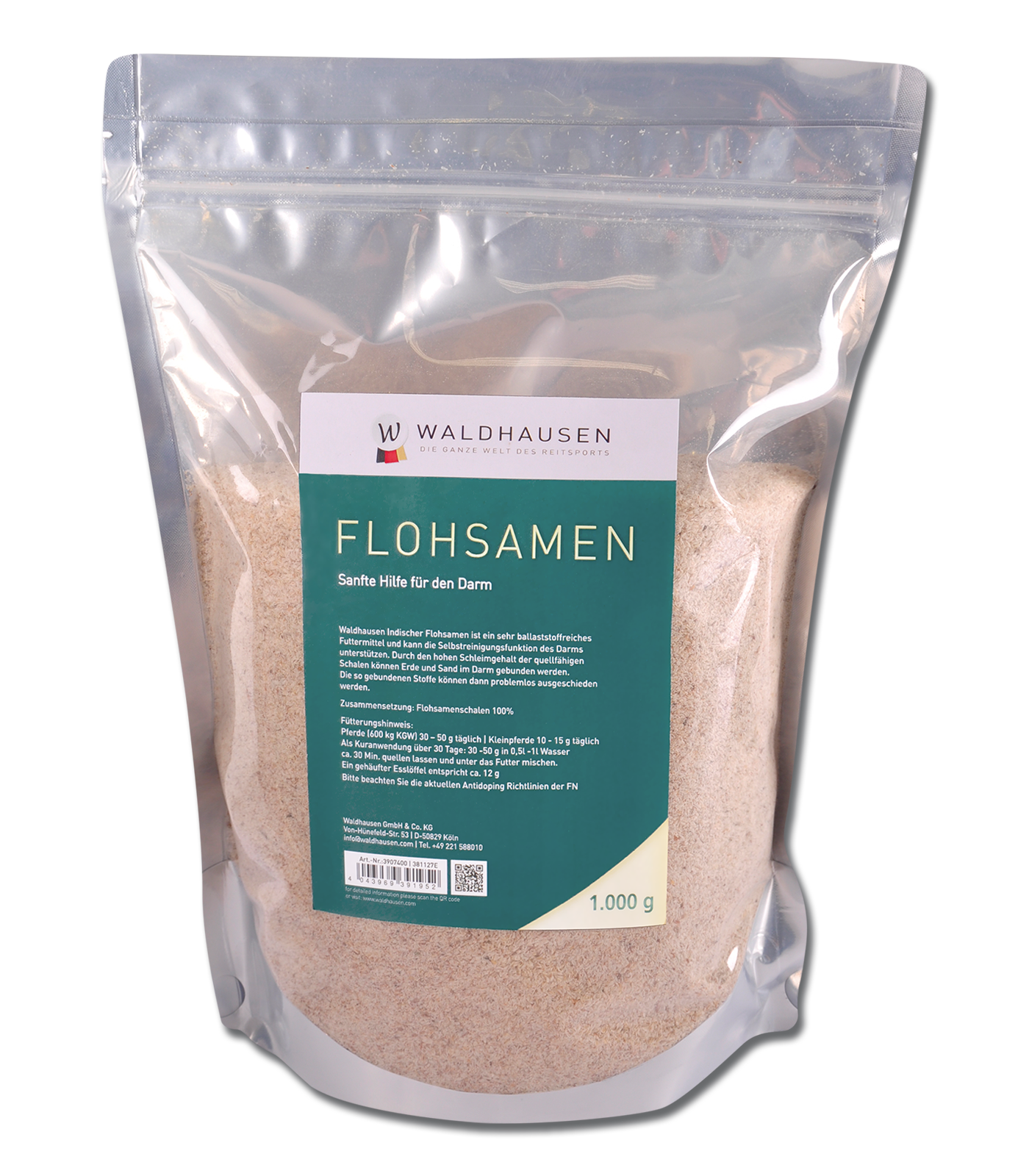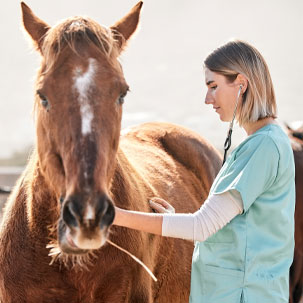
Hearing ‘Your horse has colic!’ is one of the messages horse lovers fear most. The cramping abdominal pain in horses can be fatal. This is why quick action and urgency are key in any colic episode.
Fortunately, most cases of colic are mild, and there are some ways to support the horse get through it.
Here’s an overview of types of colic, their causes, symptoms and when to consult a veterinarian or take your horse to a clinic. Plus, how to effectively manage waiting for veterinarian help. You’ll also find tips on preventing colic to help avoid this stressful situation whenever possible.
Depending on the type of colic, specific first aid measures may be appropriate.
For stress colic:
If the stressor is still present, remove it immediately and ensure a safe environment. Separation from the herd or unfamiliar events can be triggers. For the prey animal, a safe environment includes the company of other horses but without herd-related stress. Stress colic often occurs some time after the initial stress event.
For impaction colic:
Some excitement can stimulate gut activity. A traditional remedy is to load the horse onto a trailer or take it for a short drive, which often stimulates manure production. Timing is essential; it's important to transport a colicky horse to the clinic before symptoms become so severe that it’s getting impossible to drive the horse safely. However, a horse in severe pain may already be unfit for transport, in which case symptoms must be managed at the stable until it is stable enough to travel.
The vet will likely administer antispasmodic medication and may advise a clinic visit for more serious cases. In situations requiring surgery, owners naturally wonder about the horse's survival chances. Research from the Atlantic Veterinary College Teaching Hospital in Charlottetown, Canada, tracked recovery in 575 horses over 14 years. The overall survival rate was 69%, but for horses with small intestine damage, survival dropped to 38.5%. Key factors in poor outcomes included age, duration of colic symptoms, and severity.
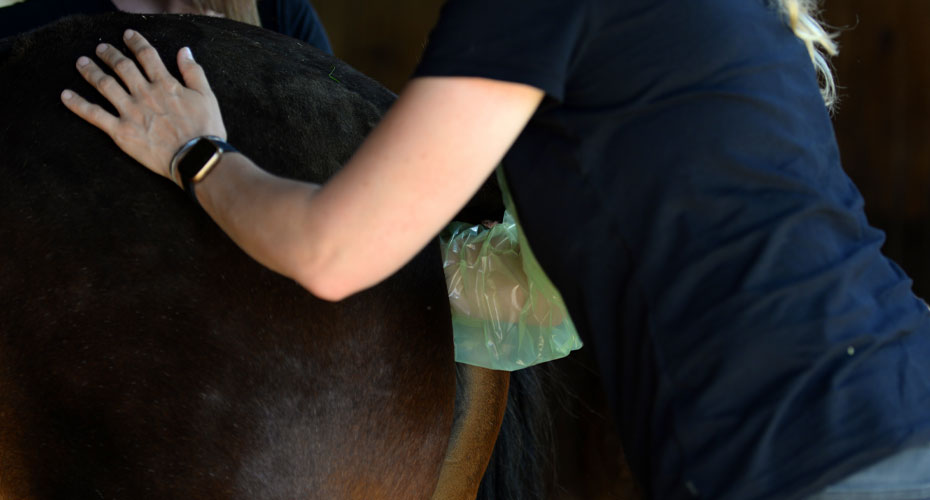
Protect your horse from colic with the right equipment
The authors


